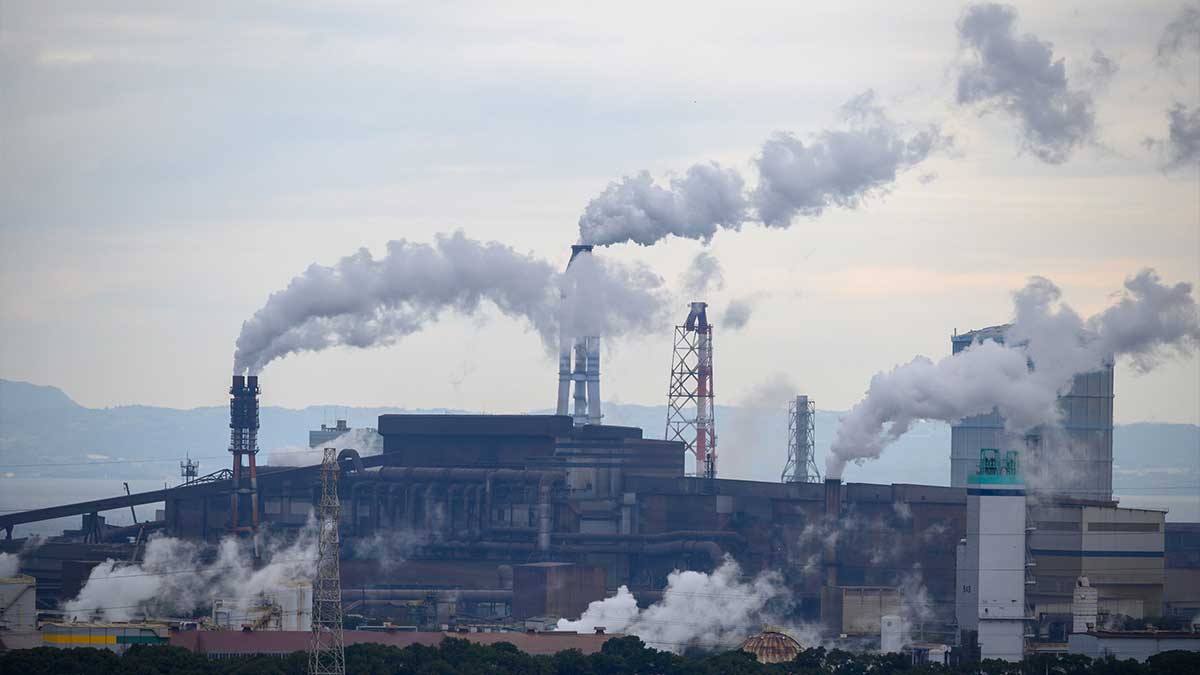The air pollution has become one of the biggest environmental dangers to human health, causing seven million untimely deaths a year, said World Health Organization.
While strengthening its air quality guidelines on Wednesday, UN body said that immediate action is required to diminish air pollution exposure, ranking its burden of disease on a level with smoking and unhealthy eating.
“WHO has adjusted almost all the air quality guideline levels downwards, warning that exceeding the new… levels are associated with significant risks to health,” it said.
Read more: Carbon emissions will change ocean surface climate by 2100 by 95 percent
“Adhering to them could save millions of lives.” The guiding principles aim to shield people from the hostile effects of air pollution.
Earlier, the UN health agency issued air quality guidelines, or AQGs, in 2005, which significantly influenced the pollution reduction policies globally. Since then, the WHO said more indications had arisen showing that air pollution caused health at lower attentions than previously understood.
“The accumulated evidence is sufficient to justify actions to reduce population exposure to key air pollutants, not only in particular countries or regions but on a global scale,” stated the organization.
New WHO Air Quality Guidelines aim to save millions of lives from air pollution
Meanwhile, the Director of Public Health Maria Neira informed the WHO was on the way to prepare a major report to present in Glasgow to stress the “enormous health benefits” of decreasing air contamination through alleviating climate change.
“You can imagine the incredible number of lives we will save,” she told the media.
Furthermore, the lower air quality levels for six pollutants are recommended by WHO. These pollutants may include carbon monoxide, nitrogen dioxide, sulphur dioxide, and ozone.
While PM10 and PM2.5 also contribute to air pollution. They are particulate substances having diameters equal to or smaller than 10 and 2.5 microns.
In 2019, almost 90 percent of the world’s population existed in areas where accumulation surpassed the 2005 AQG due to long-term PM2.5 contact, as Southeast Asia is the hardest-hit region.





















